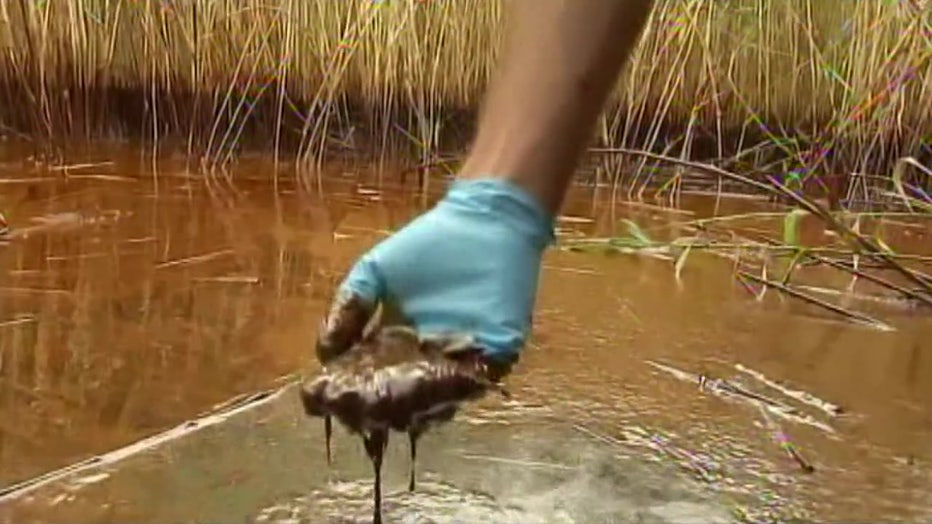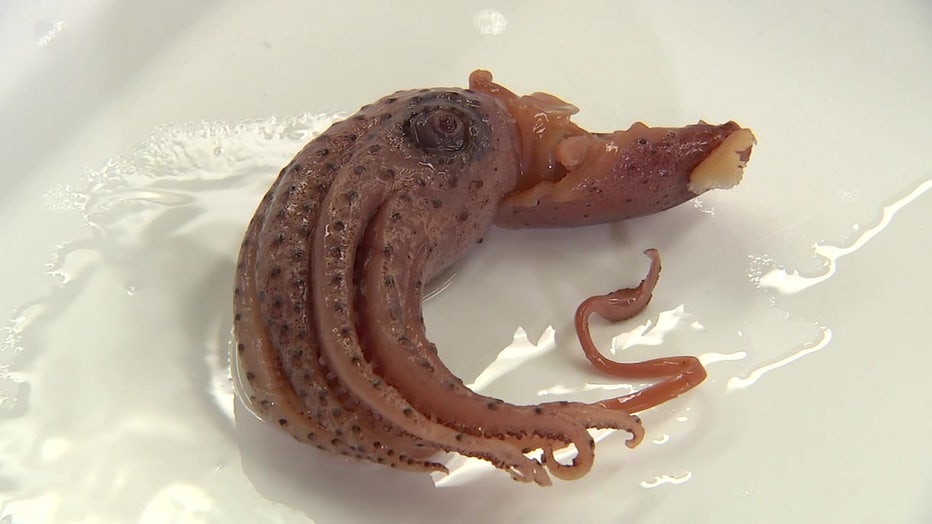How did 2010 Deepwater Horizon oil spill impact marine life?
TAMPA, Fla. - Researchers from the University of South Florida are collecting data to help figure out the long-term environmental impacts of the Deepwater Horizon oil spill.
April 20 marks the 13th anniversary of the disaster out in the Gulf of Mexico, about 250 miles southeast of Houston, TX.
An explosion on the oil rig killed 11 workers and dumped 134 million gallons of oil into the Gulf.
READ: See the newly discovered fossilized material left behind by a Florida lightning strike
"Generally in the past, oil spills have been shallow water affairs, but in this case, it was an oil spill that emanated a mile and a half deep, and then came to the surface and then floated in the surface waters until it reached the shoreline," explained Dr. Steven Murawski, a professor at the University of South Florida College of Marine Science who is part of the team of researchers.

USF researchers say oil from the 2010 spill can still be found.
The spill was devastating to marine life.
"There are a number of animal species that to this day, continue being impacted by their intersection with that spill. They include shallow-water dolphin populations which were decimated because of the spill, because not only did they ingest the oil, but they breathe the aromatics, and also things like the deep coral and deep-sea biota in general," Dr. Murawski stated.

USF researchers are studying the lasting impacts of the 2012 oil spill.
According to Murawski, oil can still be found in shallow marshes in Louisiana and about two miles deep in the Gulf.
The research is far from over, even 13 years after the spill. Dr. Murawski and his team of researchers at USF are planning an expedition to the northern Gulf very soon, to collect new data on fish and sediments that may have been impacted.

